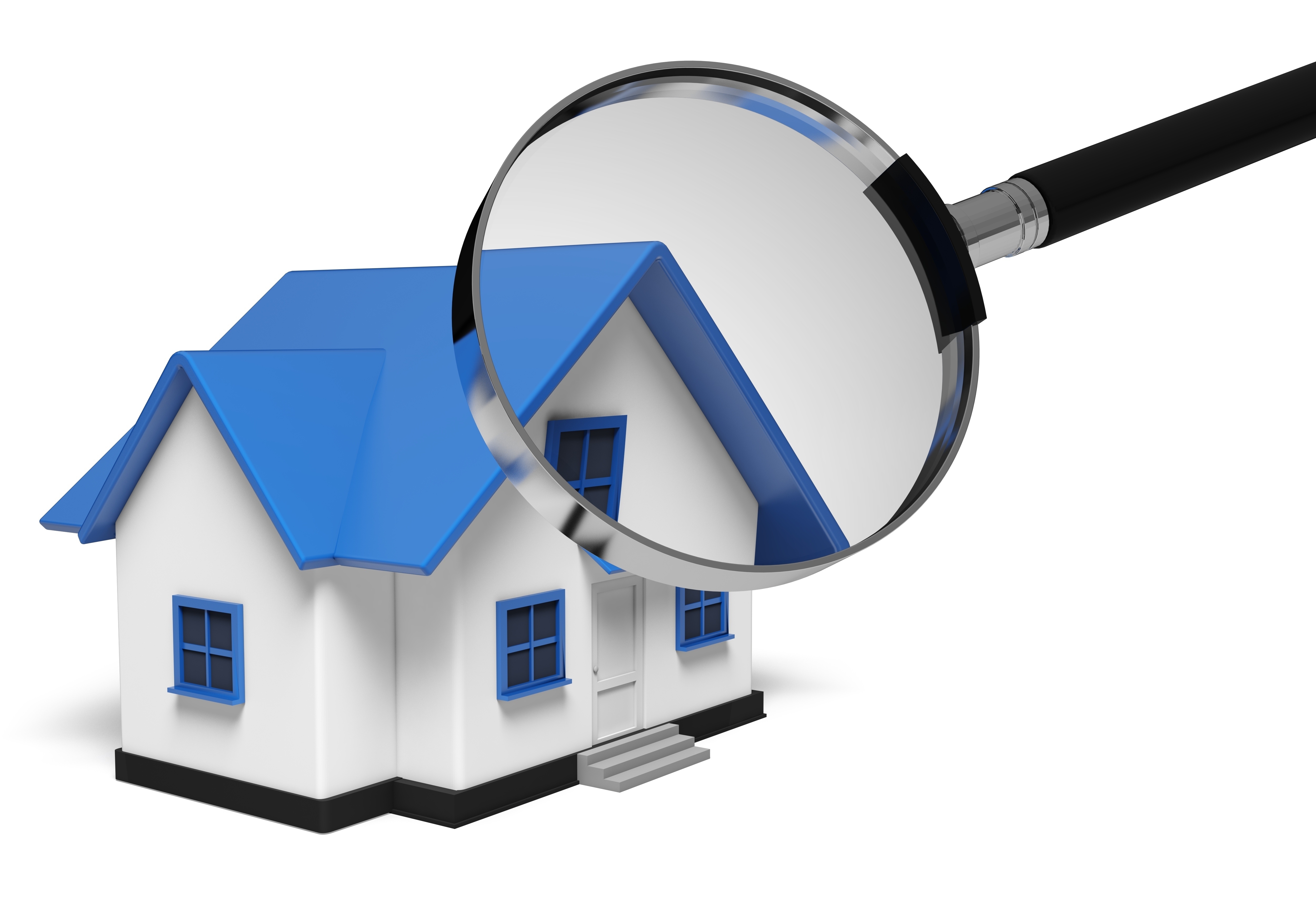
What Goes Into an Appraisal?Acquiring a house can be the most significant financial decision some may ever consider. It doesn't matter if a main residence, an additional vacation property or one of many rentals, purchasing real property is an involved financial transaction that requires multiple parties to see it through. Practically all the participants are very familiar. The real estate agent is the most recognizable person in the exchange. Next, the lender provides the money necessary to fund the deal. And the title company sees to it that all details of the transaction are completed and that the title is clear to pass from the seller to the buyer. So, what party makes sure the real estate is worth the amount being paid? This is where you meet the appraiser. We provide an unbiased opinion of what a buyer could expect to pay — or a seller receive — for a property, where both buyer and seller are informed parties. A licensed, certified, professional appraiser from Hamilton Appraisals will ensure, you as an interested party, are informed. Inspecting the subject propertyOur first responsibility at Hamilton Appraisals is to inspect the property to determine its true status. We must actually see features, such as the number of bedrooms and bathrooms, the location, amenities, etc., to ensure they really are present and are in the shape a reasonable buyer would expect them to be. The inspection often includes a sketch of the floorplan, ensuring the square footage is correct and illustrating the layout of the property. Most importantly, we identify any obvious features - or defects - that would have an impact on the value of the house. Back at the office, we use two or three approaches to determining the value of real property: a paired sales analysis, a replacement cost calculation, and an income approach when rental properties are prevalent. 
Replacement CostHere, we analyze information on local building costs, the cost of labor and other factors to calculate how much it would cost to replace the property being appraised. This figure commonly sets the upper limit on what a property would sell for. The cost approach is also the least used predictor of value. 
Paired Sales AnalysisAppraisers can tell you a lot about the communities in which they work. They thoroughly understand the value of specific features to the residents of that area. Then, the appraiser researches recent sales in close proximity to the subject and finds properties which are 'comparable' to the real estate in question. Using knowledge of the value of certain items such as upgraded appliances, extra bathrooms, additional living area, quality of construction, lot size, we add or subtract from each comparable's sales price so that they are more accurately in line with the features of subject property.
A true estimate of what the subject might sell for can only be determined once all differences between the comps and the subject have been evaluated. At Hamilton Appraisals, we are experts in knowing the value of particular items in Napavine and Lewis County neighborhoods. This approach to value is usually given the most weight when an appraisal is for a home exchange. Valuation Using the Income ApproachA third method of valuing real estate is sometimes used when an area has a reasonable number of renter occupied properties. In this scenario, the amount of revenue the real estate produces is factored in with other rents in the area for comparable properties to give an indicator of the current value. Arriving at a Value ConclusionAnalyzing the data from all applicable approaches, the appraiser is then ready to state an estimated market value for the property at hand. The estimate of value at the bottom of the appraisal report is not necessarily what's being paid for the property even though it is likely the best indication of what a property is worth. There are always mitigating factors such as seller motivation, urgency or 'bidding wars' that may adjust an offer or listing price up or down. Regardless, the appraised value is often employed as a guideline for lenders who don't want to loan a buyer more money than they could get back in the event they had to put the property on the market again. At the end of the day, an appraiser from Hamilton Appraisals will help you discover the most fair and balanced property value, so you can make wise real estate decisions. |